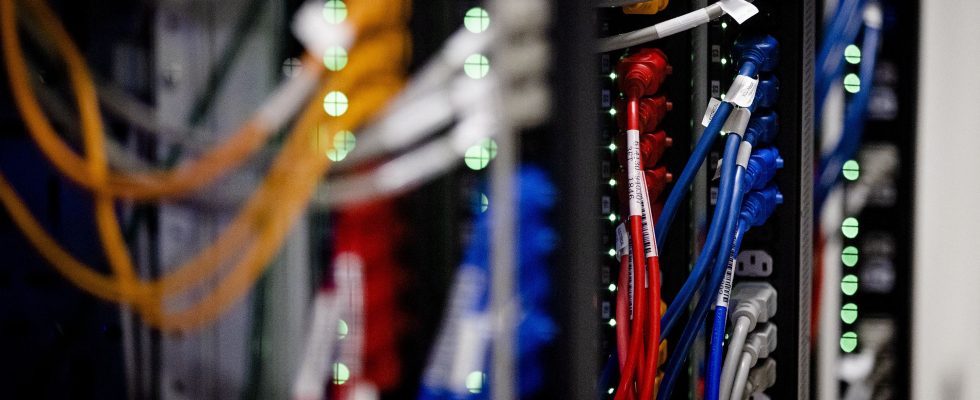In the cinema, on television, on our tablets… Animated films have conquered all our screens. Cocorico: behind many blockbusters, tricolor studios are triumphant. How did the sector conquer the world? L’Express returns in three episodes to the success of this industry made in France.
Episode 1 – From “Miraculous” to “Super Mario”: how French animation cinema conquered the planet
Episode 2 – “Arcane” on Netflix: behind the series of all records, the paw of the French studio Fortiche
They feed the imagination of the youngest and awaken a sweet nostalgia in adults, thanks to their productions in shimmering colors, punctuated by well-calibrated music – when it is not frankly heady. All this while helping to heat your municipal swimming pool and the water in your shower. The promise seems absurd? It is however not a joke. After having conquered the planet with their creations, French animation studios are seeking to preserve it by decarbonizing their series and feature films.
Because bringing animated heroes to life requires enormous computing skills. Not a paragon of sobriety. “To obtain the final result, specialized 3D studios use render farms [NDLR : des groupements de serveurs] responsible for calculating thousands of images. This generates a lot of pollution”, recognizes Hanna Mouchez, founder of MIAM! Animation and member of the Ecoprod association, which works to decarbonize the audiovisual industry.
From the ancient city of Arles, in the Bouches-du-Rhône, Tu Nous ZA Pas Vus, better known by the acronym TNZPV, has decided to tackle the problem head-on. Born in 2010, this studio is the result of the desire of three former teachers of the local school Supinfocom – renamed MoPA – to “offer opportunities to (their) students”. Known for the series Gus the Lesser Knight, broadcast on TF1, and the moving short film Pachyderm, the company moved closer to Qarnot. This amazing start-up deploys a solution to recover the waste heat emitted by the servers and not recovered.
Carbon-free 3D
The calculations of TNZPV and other studios that have opted for this innovation, such as Fortiche and Illumination, are carried out within the Qarnot datacenters. Themselves are installed in buildings with heating needs in France as well as in Finland, the first country in which the young French company is based in Europe. A real fairy tale: no more need for air conditioning to cool the servers, nor to spend tons of energy to heat swimming pools and other apartment buildings. In the end, “studios can reduce the carbon footprint of their renderings by 80% on average compared to the use of a classic European datacenter”, trumpeted Ariane Robineau, head of 3D for Qarnot.
But since they weigh so heavily in the environmental balance sheet, why not do without these bulky servers? This is the radical decision taken by YUM! Animation. To do this, the small Parisian studio, 12 employees on permanent contracts, went shopping in the world of video games. He appropriated real-time 3D technology which, as its name suggests, allows images to be calculated instantly. Conclusion: YUM! believes that with each episode of his series Edmund and Lucy, broadcast on France 5, the stage of final rendering of the images emits 0.15 kilo of CO2, when the bill would have risen to 330 kilos with classic 3D. All without compromising on image quality, promises Hanna Mouchez.
His company is currently one of the few in the world, if not the only one, to use this solution in animation. But the idea is gaining ground among its competitors, encouraged to accelerate their decarbonization efforts by the France 2030 plan. This will enable them to assert their uniqueness a little more in the face of global competition. They still have to find the right recipe to best combine animation and ecology.
